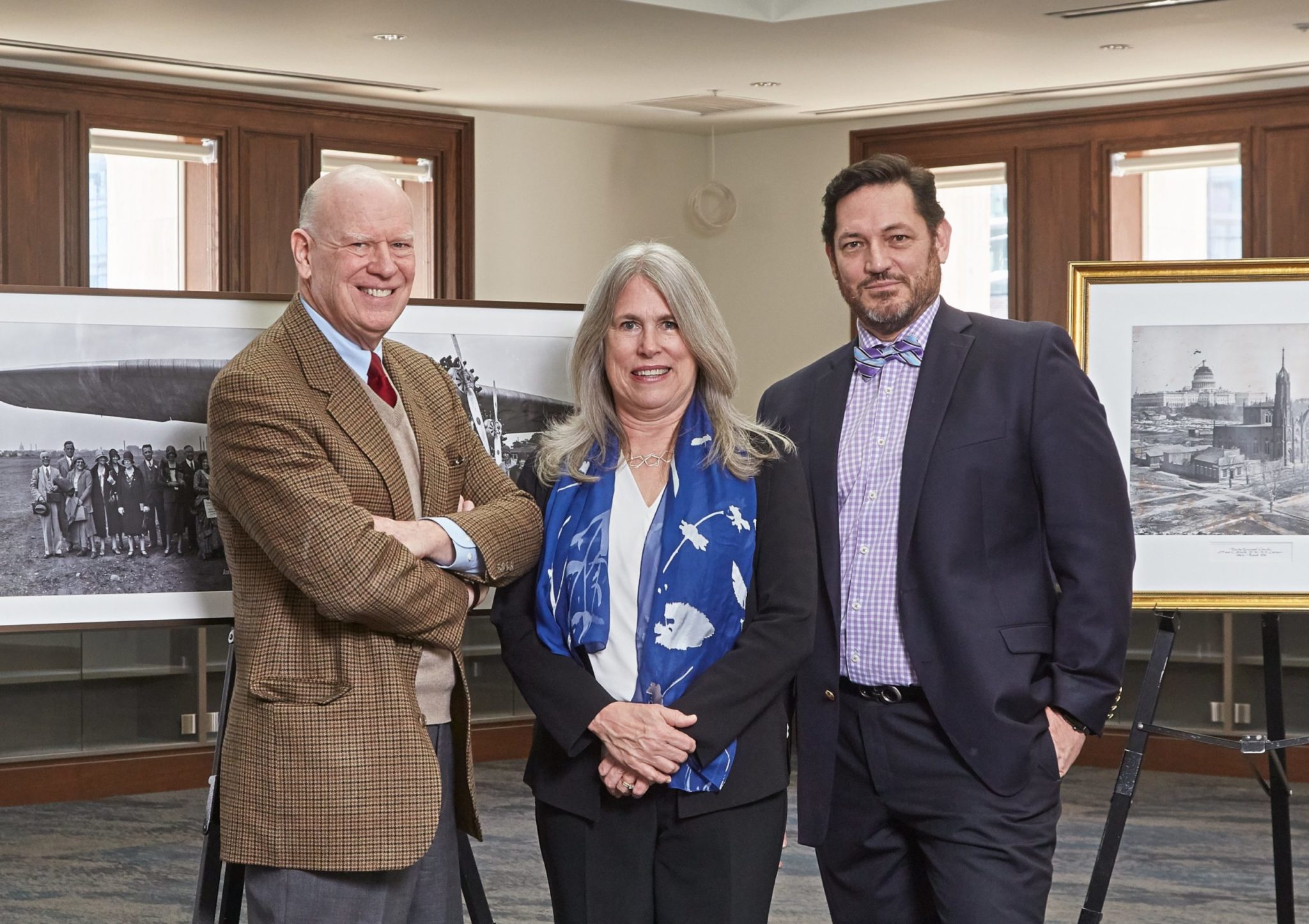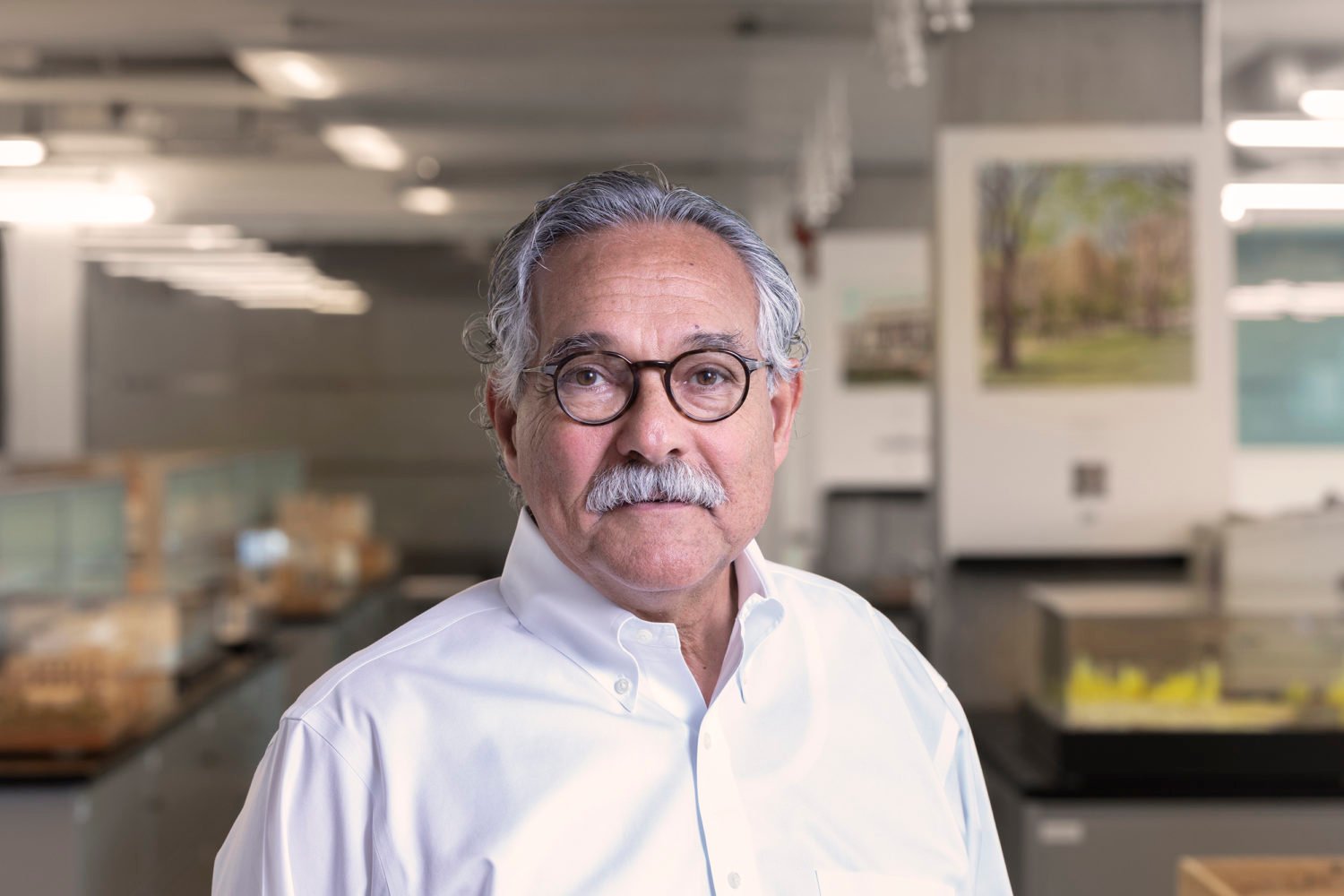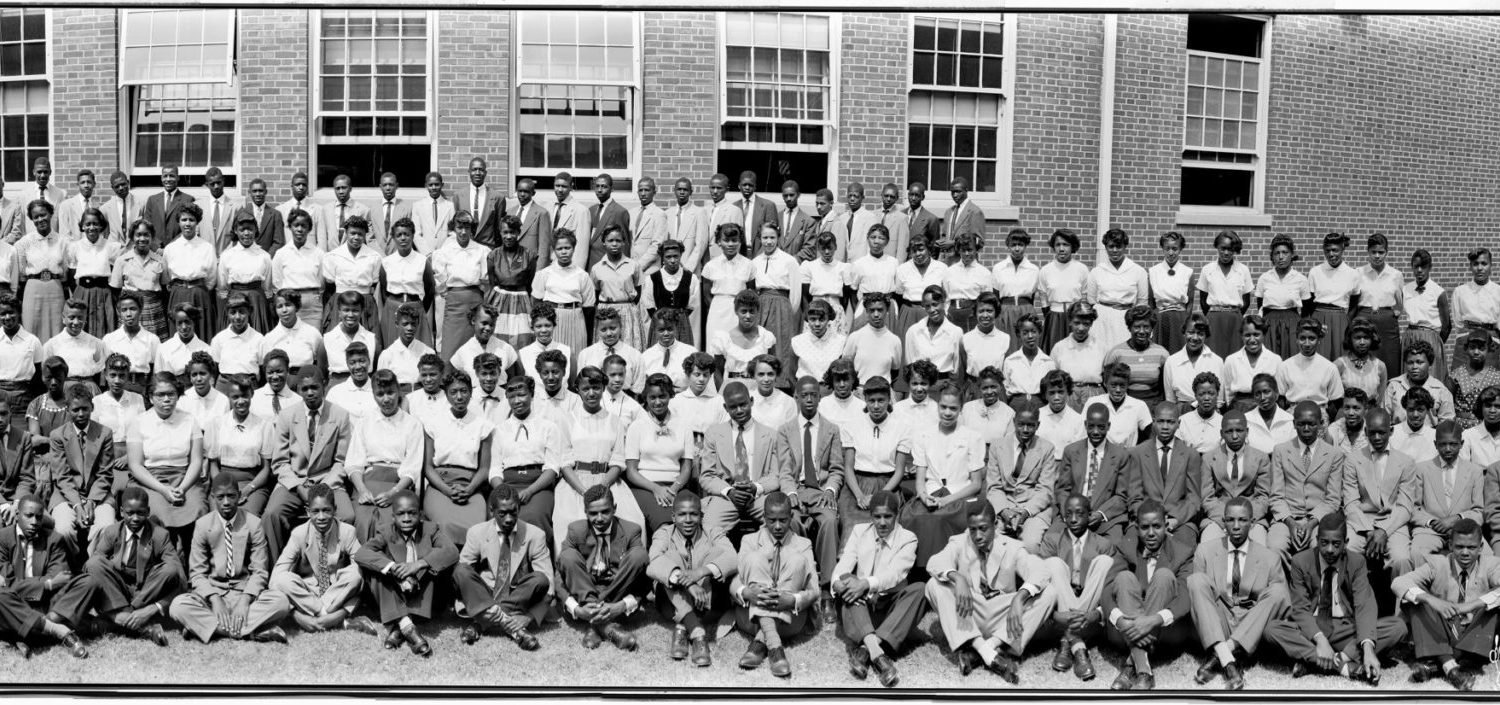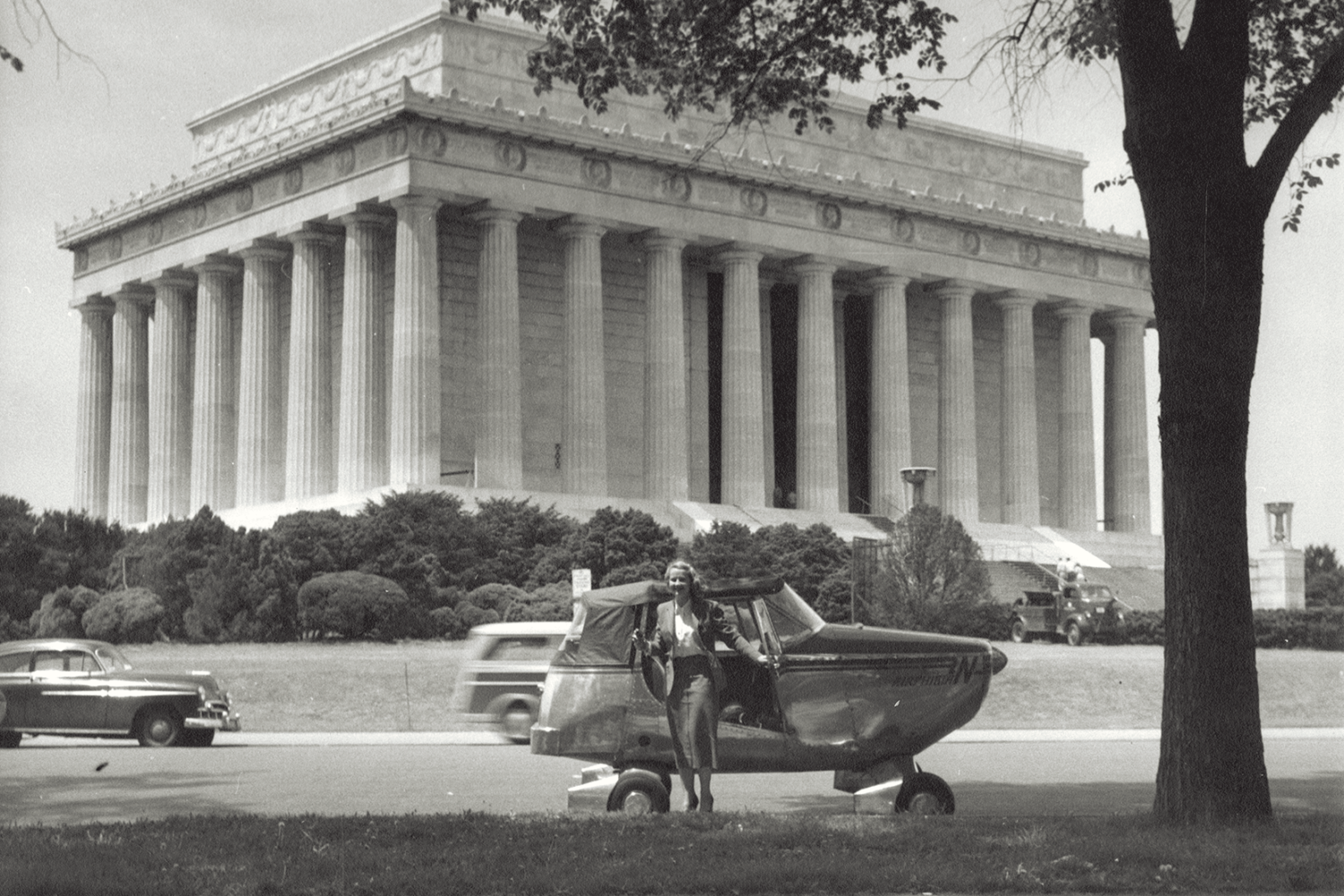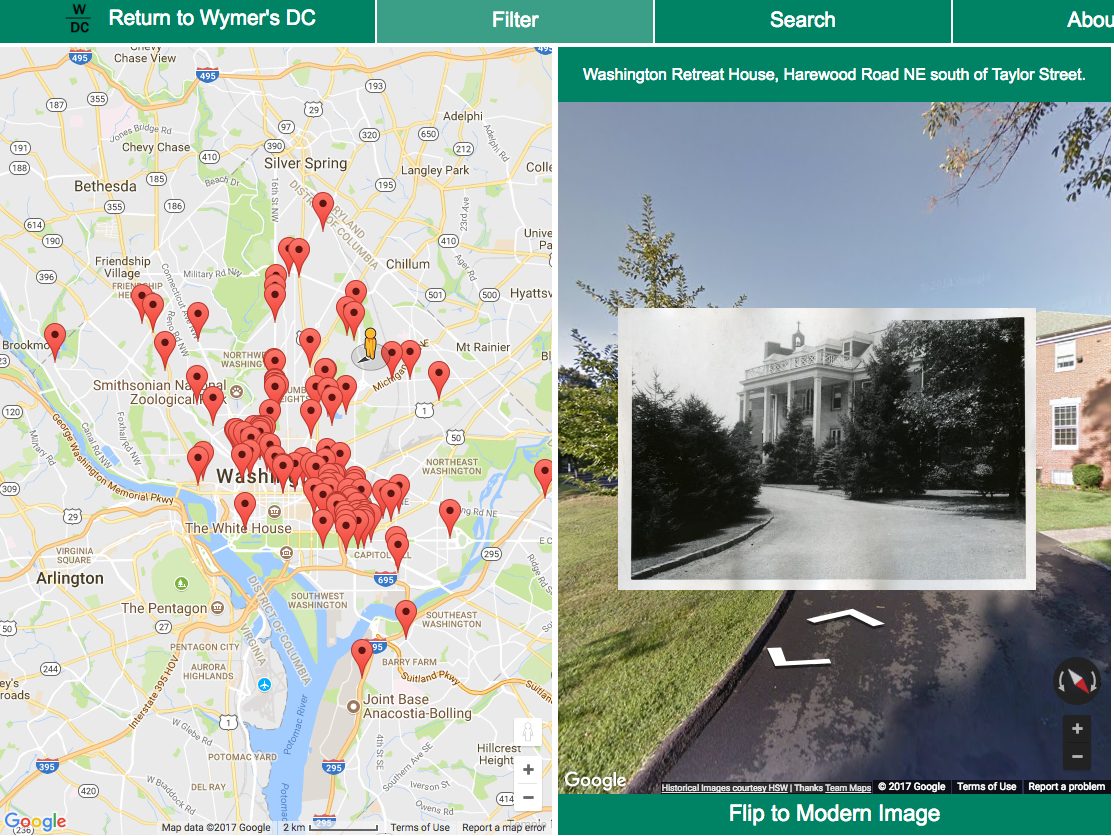It’s Wednesday morning at Knight Kiplinger’s downtown office, and he’s in the middle of packing up his things. Kiplinger Washington Editors, where he’s long been the editor in chief, was recently sold to London-based Dennis Publishing. Knight is now focusing on real estate, he says, while loosely remaining involved in the company his grandfather started in 1920 (Kiplinger will be advising the company as an “editorial emeritus”). But he’s most excited to talk about the new DC History Center, opening at the renovated Carnegie Library in Mount Vernon Square this spring. The center—which will share the space with a new Apple store—boasts three exhibit galleries, the Historical Society’s artifacts and other holdings, and the Kiplinger family’s collection of over 4,000 pieces of Washingtoniana.
The Kiplinger collection has been on loan to the Historical Society since 2011, but the deed of gift was officially handed over in February. The collection includes items like an 1884 map of Washington that shows original 1792 property lines and photos of DC neighborhoods in the 1950s. On the second floor, a renovated Kiplinger Research Library will continue to be used as a resource for scholars and historians.
Apple is paying for all of the renovations, which cost tens of millions of dollars, though the exact amount hasn’t been disclosed. Changes included removing the ceiling in one section of the first level and adding a skylight to create natural lighting for a new atrium, with shades that control the light and heating. Two bridges, one on each side of the atrium’s second floor, will give visitors access to a “DC Hall of History” and the North Gallery exhibit space. The exterior of the building, along with much of the interior, has been restored, maintaining the building’s historic look from its original 1903 design. “If a fraction of the Apple customers wander up the big staircase to the DC History Center, this will be the Historical Society’s dream boost in attendance,” Kiplinger says. “You’ve got an appointment and then you might have 45 minutes to kill, and you’re going to learn some DC history while waiting.”
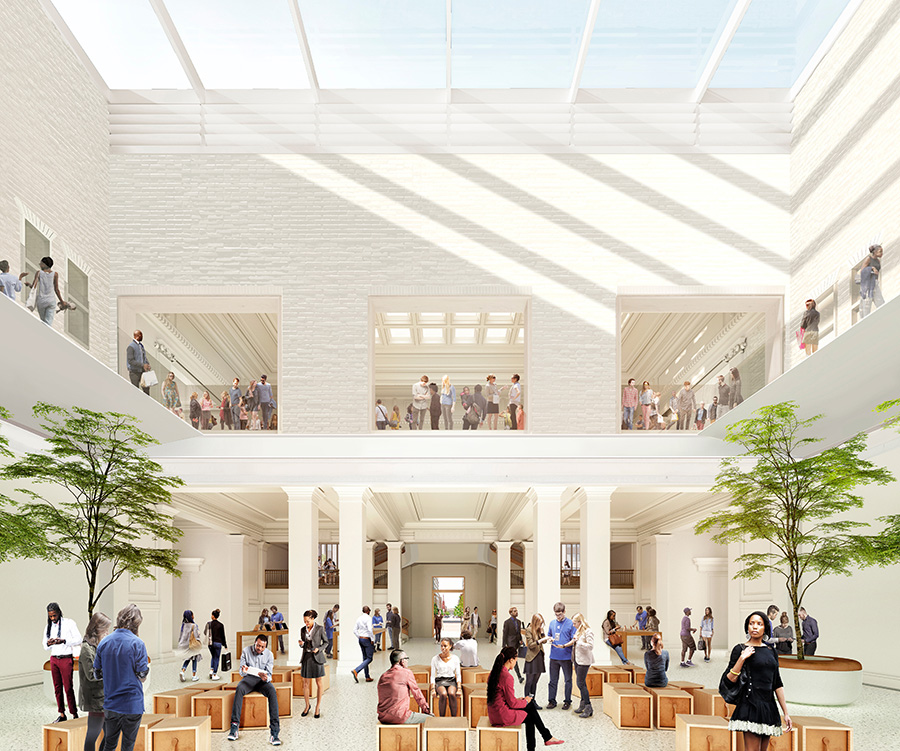
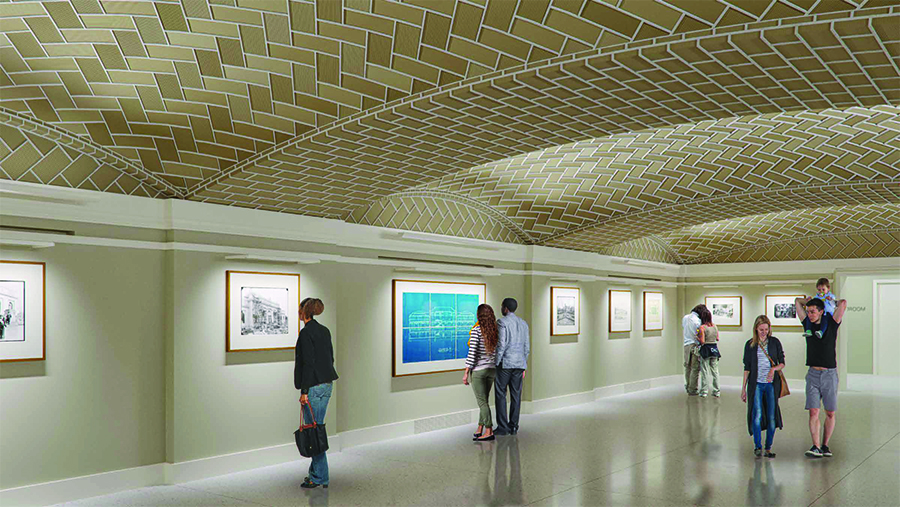
All of this is a collaboration between the Historical Society of Washington, Apple, the District and federal governments, and benefactors like the Kiplinger family. The city owns the library and, in 1999, leased the building to the Historical Society through 2098. The federal government owns Mount Vernon Square, and since 2011, Events DC has managed the building, which is located just south of the convention center. With so many players involved, Kiplinger calls the newest project a “unique, public-civic-corporate partnership.”
The opening exhibit, “The Big Picture,” will feature five blown-up black and white photos of Washington life in the last century, 40-by-ten-feet depictions of life across the city. One such photo depicts of a group of women who flew from Philadelphia to Washington in 1931, with Amelia Earhart in the front row.
Meanwhile, Apple plans to continue its mission of creating experiences, not just stores, with events, exhibits, and educational programs when it opens in the atrium. Apple announced a May 11 opening date, accompanied by a six-week festival (May 18 – June 29) with performances by DC rapper GoldLink and a block party with No Kings Collective.
John Suau, the Historical Society’s executive director, says the library has a history of being inclusive and incorporating the whole city. Dedicated by Theodore Roosevelt and philanthropist Andrew Carnegie in 1903, the library was the first integrated public space in the District.
“There will be areas of the building that have never been seen before by the public,” says Suau. “So, in a sense, the building is now more accessible than it ever has been.”
This post has been updated with opening date information.

